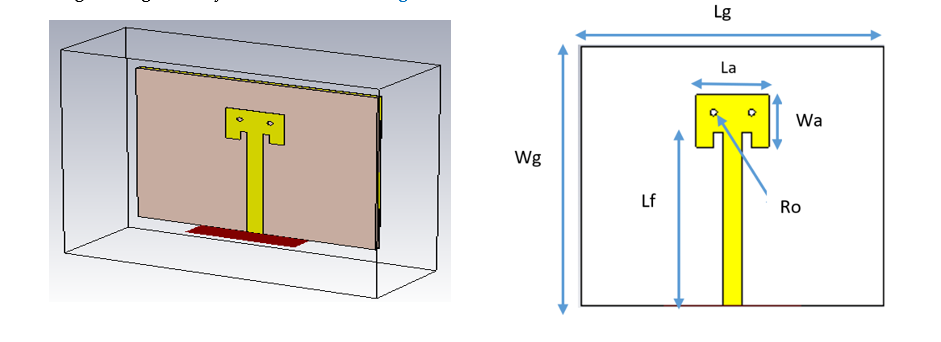Design and Optimization of a Wearable Microstrip Patch Antenna for 28 GHz 5G Applications
Keywords:
Wearable Microstrip Antenna, 5G mmWave Communication, Antenna Optimization, Radiation EfficiencyAbstract
This article focuses on optimizing the design of a wearable microstrip antenna tailored for 5G applications, specifically operating at 28 GHz. A comprehensive review of the relevant literature was conducted to explore various types of wearable antennas and their corresponding design methodologies. Based on these insights, an optimized antenna was developed to surpass the performance of the baseline design. The enhancement process involved systematic modifications to key design parameters, including antenna dimensions, patch geometry, slot configurations, and frequency tuning, to achieve superior operational efficiency. To evaluate and compare performance metrics, critical parameters such as gain, bandwidth, and S-parameters were analyzed. The optimized antenna exhibited a significant improvement in S-parameter values, increasing from -14 dB to -22.888 dB, while maintaining a comparable bandwidth. Additionally, the antenna demonstrated high radiation and total efficiencies of 74.53% and 74.15%, respectively, confirming its suitability for practical wearable applications. The article highlights new research opportunities in the development of wearable antennas for 5G-enabled applications, including Internet of Things (IoT) integration, health monitoring systems, and next-generation communication networks. Overall, the proposed design contributes to advancing wearable antenna technology, enhancing the performance and reliability of 5G communication systems.





